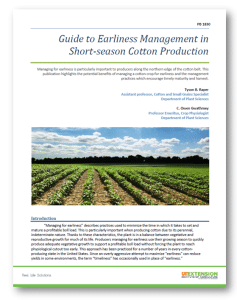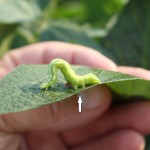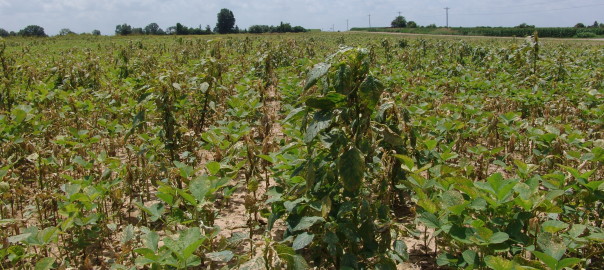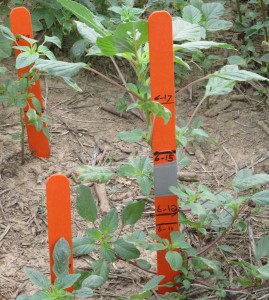Tennessee cotton is finally ‘growing off’. Still, here on the 3rd day of July, it appears few farms will reach the coveted ‘bloom by the 4th’. Although the environment has played a dominate role in maturity up to this point, management decisions emphasizing earliness have been particularly useful in 2015. This marks the third consecutive year in which managing for earliness has a marked effect on crop maturity by early July. 
On the heels of last year’s delayed crop, Dr. Owen Gwathmey and I began discussing potential benefits of managing a cotton crop for earliness and the management practices which encourage timely maturity and harvest with colleagues both within and beyond the University of Tennessee. We have summarized these thoughts in the attached Guide to Earliness Management in Short-season Cotton Production (PB1830). Continue reading →





